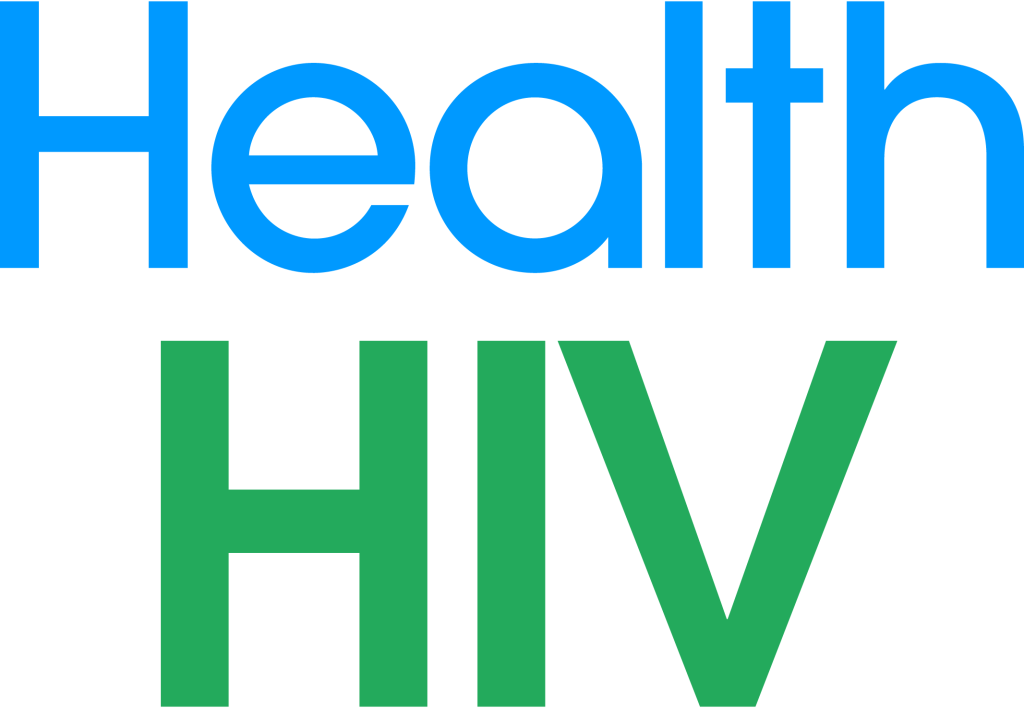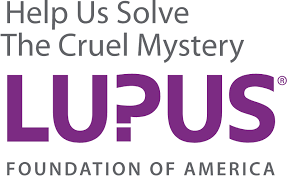How federal, state, and provider policies interact
In August 2025, the Food and Drug Administration (FDA) issued limited approval for the updated 2025-2026 COVID-19 vaccine for people 65 years of age and older and people 6 months of age to 64 years of age with at least one underlying condition that puts them at high risk for severe outcomes from COVID-19.
In September 2025, the Centers for Disease Control and Prevention’s (CDC) Advisory Committee on Immunization Practices (ACIP) recommended that anyone aged 6 months or older receive the updated COVID-19 vaccine through “shared clinical decision-making” (SCDM) with their healthcare provider. According to ACIP’s SCDM recommendation, a wide range of individuals may benefit from the COVID-19 shot. Therefore, healthcare professionals, including physicians, nurses, and pharmacists, are authorized to administer the vaccine to anyone for whom it offers clinical benefit. ACIP's recommendations were accepted by the CDC in October 2025.
FDA's limited approval and the acceptance of ACIP's SCDM recommendation by the CDC mean:
- Every person who meets FDA’s approval criteria is eligible to receive the 2025-2026 COVID-19 shot from their healthcare provider or a pharmacy, no matter where they live.
- The updated COVID-19 vaccine must be covered for everyone ages 6+ months old by all federally regulated health insurance plans, including Medicare, Medicaid, and most employer-offered plans, with no out-of-pocket cost under the Affordable Care Act (ACA).
With CDC’s SCDM recommendation, COVID-19 vaccines are accessible nationwide to anyone, as long as they consult with a healthcare provider. However, people under 65 who do not have a high-risk condition may still face access barriers depending on where they live. For example, pharmacists may not be able to administer the vaccine "off-label" (i.e., to people the FDA has not approved it for) to them, depending on state law.
The federal government establishes the nationwide minimum standard for vaccine recommendations—a floor that states and providers may choose to expand. Many states have expanded access to the COVID-19 vaccine specifically. The primary mechanisms for expanding access have been issuing “standing orders” and releasing updated state Department of Health vaccine recommendations. Standing orders issued by states serve as blanket prescriptions for COVID-19 vaccination so that pharmacists can administer the vaccine. In most cases, these orders also expand who is eligible to be vaccinated beyond the FDA approval limits.
In addition, four West Coast states have formed the West Coast Health Alliance (WCHA), and 11 Northeast states have established the Northeast Public Health Collaborative (NPHC). The WCHA and NPHC are regional coalitions that determine consensus vaccine recommendations for member states.
It is important to note that in some states young children are eligible for the updated COVID-19 vaccine but cannot be vaccinated by a pharmacist without a prescription.
Finally, healthcare providers, including pharmacies, have their own policies on top of federal and state policies. This means, regardless of whether state policy grants pharmacists the authority to administer the COVID-19 vaccines, specific pharmacies may still choose not to offer them. Other pharmacies, such as CVS, have stated that, in their capacity as healthcare providers, essentially everyone meets the broad standard of FDA’s list of qualifying conditions.
As providers continue to evaluate new state regulations, they may expand the locations where they administer COVID-19 vaccines. Contact your local pharmacy to find out if they are offering COVID-19 vaccines.



















